![]()
![]()
![]()
Use LEFT and RIGHT arrow keys to navigate between flashcards;
Use UP and DOWN arrow keys to flip the card;
H to show hint;
A reads text to speech;
15 Cards in this Set
- Front
- Back
|
Stanza
|
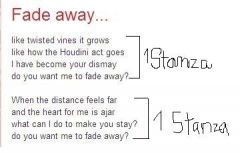
is a group of two or more lines that form a unit in a poem. Ex. Paragraphs.
|
|
|
Rhythm
|
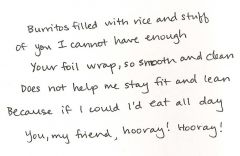
is a pattern of stressed and unstressed syllables in a line of poetry. ( Creates mood )
|
|
|
foot
|

is a single rhythmic unit. It is one stressed syllable (or beat) and one or more unstressed syllables.
|
|
|
Meter
|

refers to the number of feet in a line of poetry.
|
|
|
Slight Rhyme
|
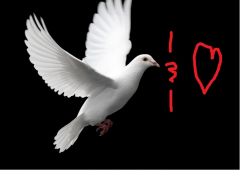
two words look alike but don't sound alike, such as "Love" and "Jove" or "Daughter" and "Laughter".
|
|
|
Slant Rhyme
|
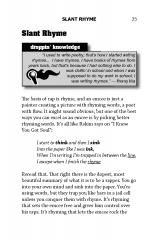
two words are nearly rhymed but slightly different, such as “LAKE” and “FATE.”
|
|
|
Identical Rhyme
|
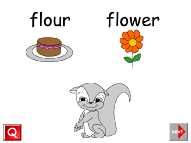
two words are spelled differently but have the same pronunciation (also called homonyms), such as “TWO”
|
|
|
End rhyme
|
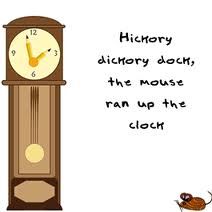
the rhyming words occur at the ends of lines of poetry
|
|
|
Internal Ryhme
|
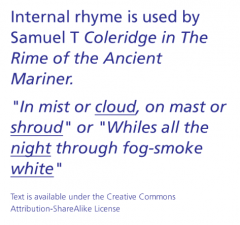
the rhyme occurs inside a line, such as –“Let’s BEAT the HEAT.”
|
|
|
Rhyme Scheme
|
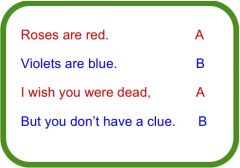
simply means the pattern of rhyming lines in a poem
|
|
|
Imagery
|
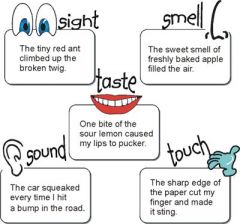
Something that uses the five senses touch sight hear smell taste
|
|
|
Symbolism
|
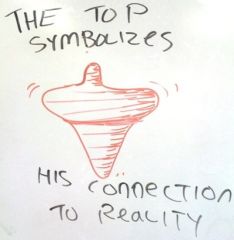
is when the poet uses a figure of speech. The poet uses objects, people, or settings that mean more than what it physically/literally is.
|
|
|
Alliteration
|
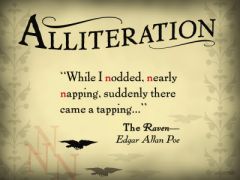
the commencement of two or more stressed syllables of a word group either with the same consonant sound or sound group.
|
|
|
Simile
|
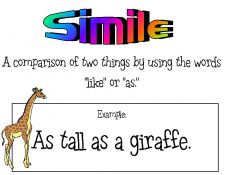
is a figure of speech that directly compares two different things, usually by employing the words "like" or "as" – also, but less commonly, "if", or "than".
|
|
|
Metaphor
|
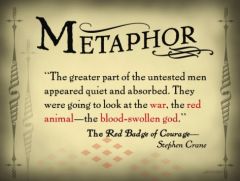
a figure of speech in which a term or phrase is applied to something to which it is not literally applicable in order to suggest a resemblance, as in “A mighty fortress is our God.”
|

